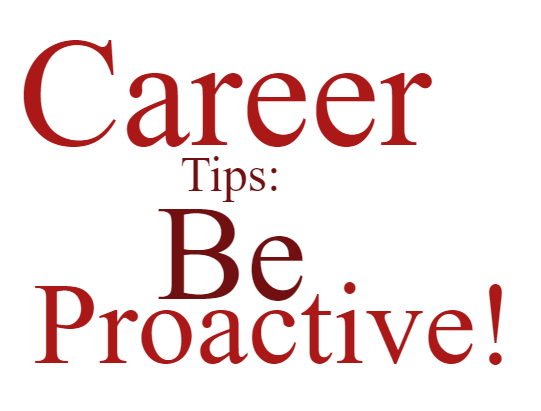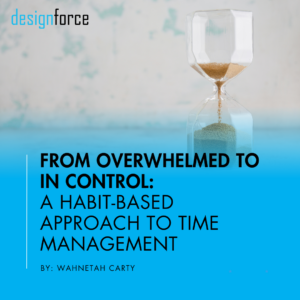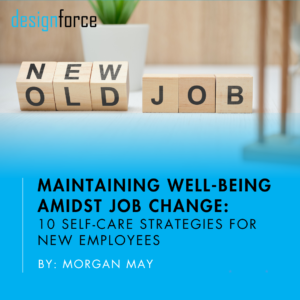Over the past few months, the AEC industry has experienced holds on projects, loss of work, and mass layoffs. This has caused a sense of fear, uncertainty, questioning, and ambiguity for employees all across the nation. In a study published by the AIA, the organization found that “53% [of firms] expect that [the impact of COVID-19] will be significant but manageable, [while] 36% predict that it will have a serious to devastating impact on their firm.”
With the full impact and longevity of COVID-19 still to be determined, it is not too late to take proactive steps to ensure you are set-up to tackle any and all possibilities. In times like this, it is imperative to understand and think about the many possibilities of what the future holds, whether positive or negative, and take steps to mitigate any possible challenges. Some steps to consider:
- Highly communicate with your employer – Do not internalize your career trajectory with the company you are currently with; make it known! Talk to your boss about your goals and your vision with the company. Talk to him/her/them about how you plan to progress and which steps you plan to take to get there. They can help guide you in the right direction to make sure you are taking the necessary steps to succeed. As a team, you can create your future.
- Build your network – When crisis hits, it is the people you surround yourself with that will make the difference. Continue to build connections, do not be afraid to reach out to others via LinkedIn, associations, or through other online mediums. To learn how to get the most out of your network, you can check out another designforce blog by clicking here.
- Update your materials – It is always a smart and forward-thinking action to keep your resume, portfolio, and project list up-to-date. When you take on new responsibility or get promoted, this is a great time to reassess your resume to ensure that your new skills are represented. Have you taken on more of a technical role? Or, do you now manage a team and have the responsibility of mentoring others? Another time to think about documenting your role and tasks in your resume, portfolio or project list, is after completing a large project; hopefully, you have gained new skills as a result of that project. We all tend to forget the small details of an event over time. Taking steps to document the full picture of a 5-year project right after completion will be helpful when you have to reference that information during an interview or networking conversation, whether tomorrow or years from now. So take the time to document it now, you’ll be thanking yourself later.
- Differentiate yourself – Now more than ever, it is important to show your employer how dedicated you are to your career. An article published by Forbes, shares ideas about how to stand out at work:
- Do an excellent job with every task, every day – Be intentional with every task you take on and deliberate in your actions to do the best work possible.
- Become an expert – Be the person that everyone turns to for that one thing. Maybe you have advanced Revit knowledge, or have a strong understanding of energy modeling. When you are the subject matter expert or possess a skill that no one else has, you can make yourself irreplaceable. Think of yourself as an internal consultant – constantly search for solutions to problems and figure out how to improve processes.
- Values List – Take the time to understand your personal career goals and aspirations. Creating a values list will enable you to critically think about what is important to you in your career, to then provide clarity and direction for your future. Check out a designforce blog guiding you through the process to create your own values list.
By taking these five actionable and achievable steps, you will be much more prepared to handle unforeseen change that may arise in the future. Be proactive! Take these steps now, and do not wait until it is too late.

Related Posts
Let's learn together.
Stay inspired and in the know on all things A|E|C.
Sign up for our monthly newsletter.










